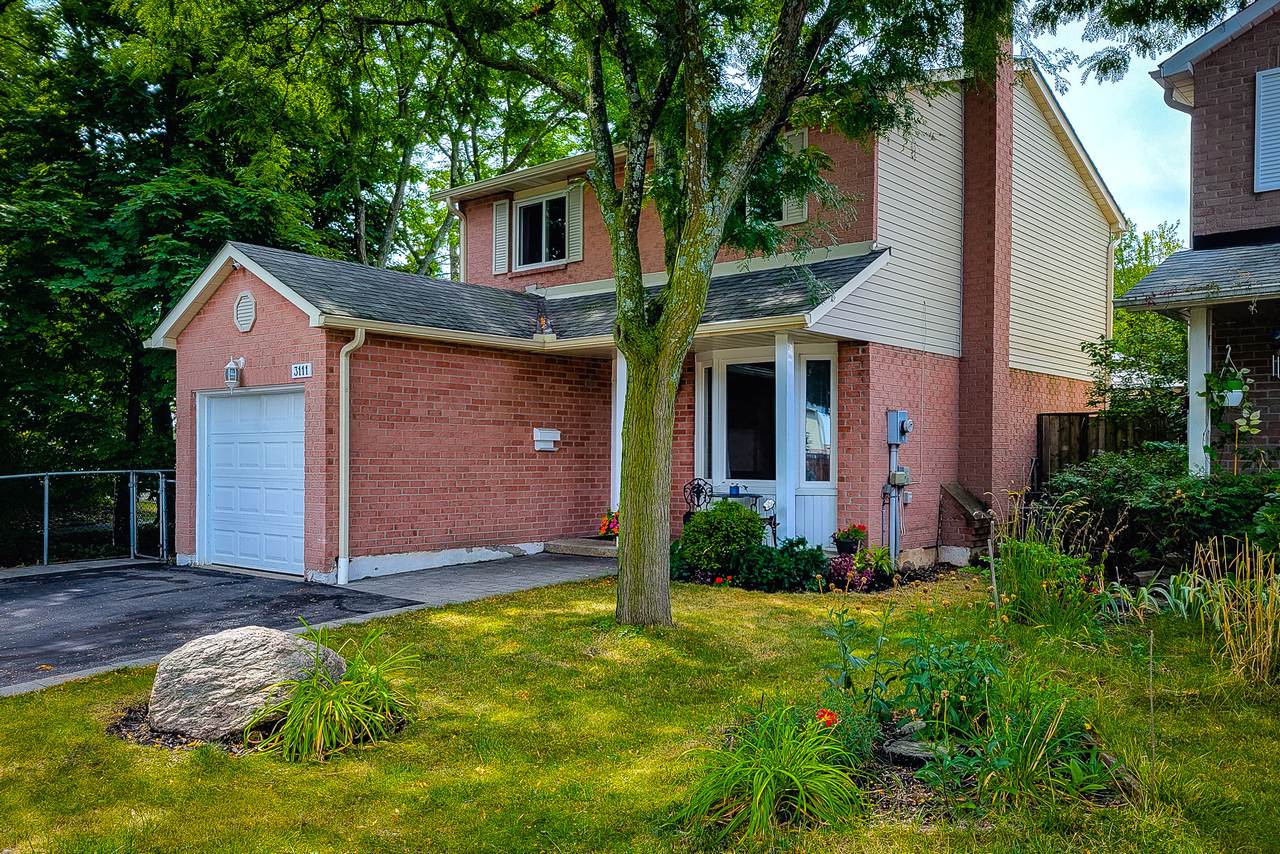How does refinancing work in Ontario?
Refinance in Ontario: Want lower payments or faster payoff? Read this quick play-by-play that actually helps.
What refinancing means in Ontario
Refinancing replaces your current mortgage with a new one. You keep the same home, change the loan. People refinance to get a lower rate, change amortization, tap equity, or move from variable to fixed rates. Keywords: refinancing Ontario, mortgage refinance Ontario, refinance mortgage Ontario.
When refinancing makes sense
- You can get a materially lower interest rate. Small drops don’t cover costs.
- You need cash for renovations or debt consolidation and have enough equity.
- You want to shorten amortization to pay off the mortgage faster.
- You plan to switch lenders for better service or products (HELOC, blended mortgages).

Step-by-step: How refinancing works in Ontario
- Check your mortgage details: current rate, remaining balance, term, and prepayment options. Note any break fees or penalties.
- Calculate equity: home value minus mortgage balance. Lenders usually lend up to 80% for standard refinances.
- Shop lenders and get rate quotes. Compare cash-out options, blended rates, and HELOC offers.
- Get a mortgage pre-approval. Lenders will verify income, credit, and the property.
- Appraisal and underwriting. Some lenders require an appraisal to confirm market value.
- Review costs: appraisal fee, legal fees, discharge and registration fees, and any bridge financing costs.
- Close the refinance: lawyer handles paperwork, funds move, old mortgage is discharged, new mortgage registers.
Keywords included: break costs Ontario, mortgage penalties, appraisal Ontario, amortization.
Costs and penalties to watch
- Break penalties: If you’re inside a closed-term mortgage, pay attention to early payout charges.
- Legal and registration fees: Budget a few hundred to a couple thousand depending on complexity.
- Appraisal and admin fees: These add up when switching lenders.
- Interest rate vs cost math: If savings over your planned hold period exceed costs, refinancing is worth it.
Quick examples (real-world simple math)
- Example A: $400,000 mortgage at 4.5% to 3.0% with $3,000 costs. Monthly savings ~ $280. Payback ~ 11 months.
- Example B: Cash-out $50,000 for renovations at higher rate — useful only if it increases property value or reduces higher-cost debt.
How to decide fast
- Calculate break-even months: total refinance costs ÷ monthly savings.
- Don’t refinance if break-even is longer than you plan to stay.
- Use a certified mortgage broker if you want multiple lender options quickly.

Next steps
- Gather mortgage statements, recent property tax, and proof of income.
- Talk to a licensed mortgage specialist or a local realtor for market value and options.
Contact for local help and real-time quotes:
Tony Sousa, Local Realtor — tony@sousasells.ca | 416-477-2620 | https://www.sousasells.ca
Need a clear refinance plan? Ask specific numbers—loan balance, remaining term, and home estimate—and get a direct yes/no recommendation.





















